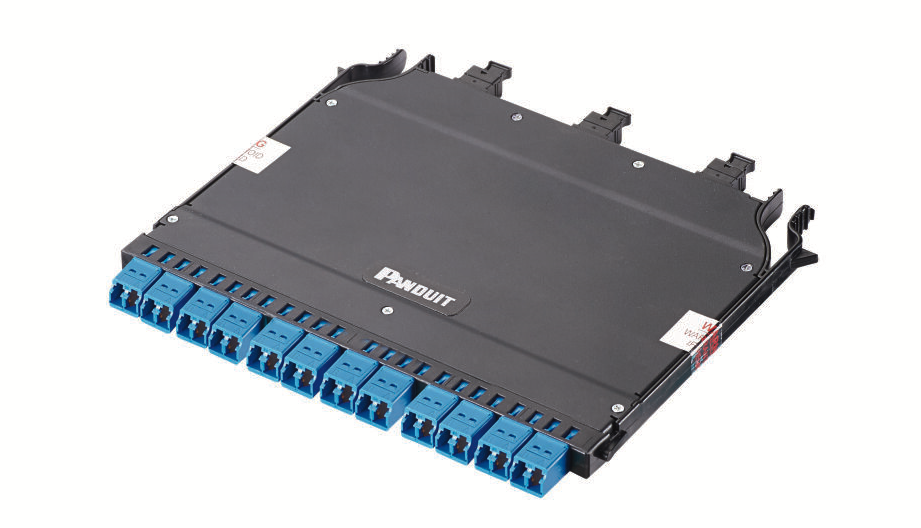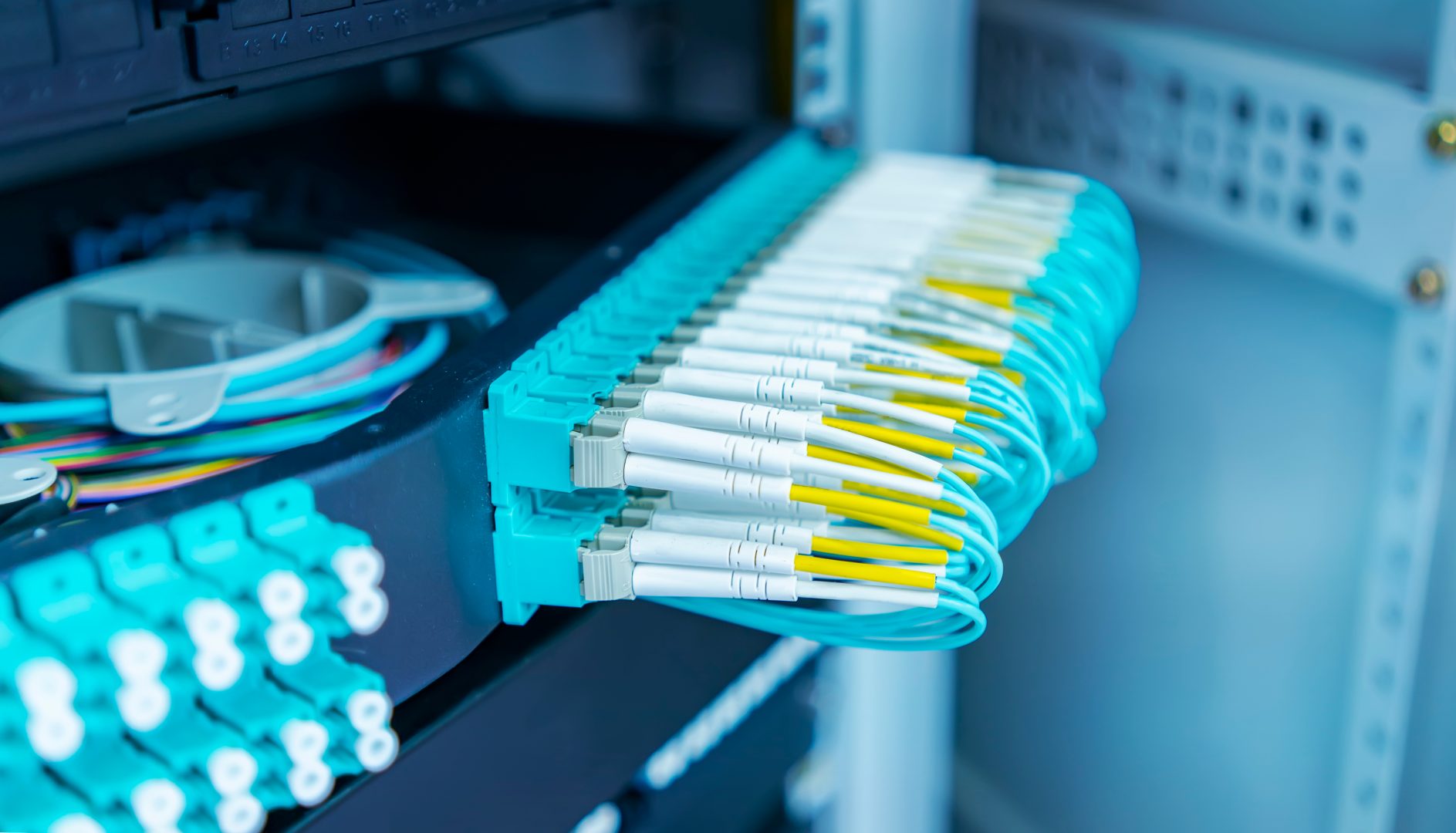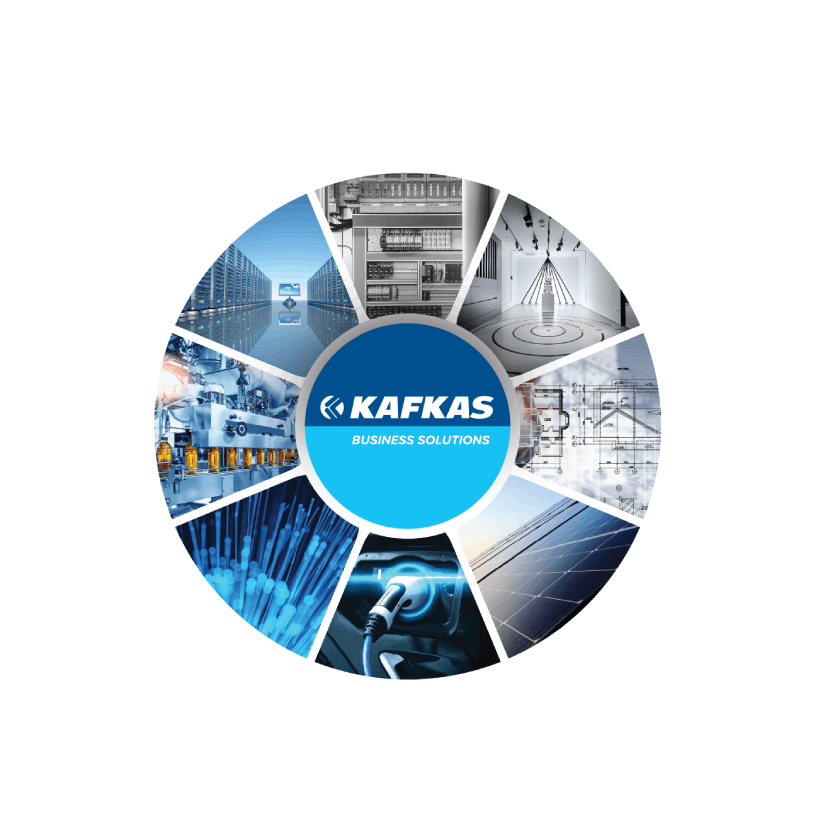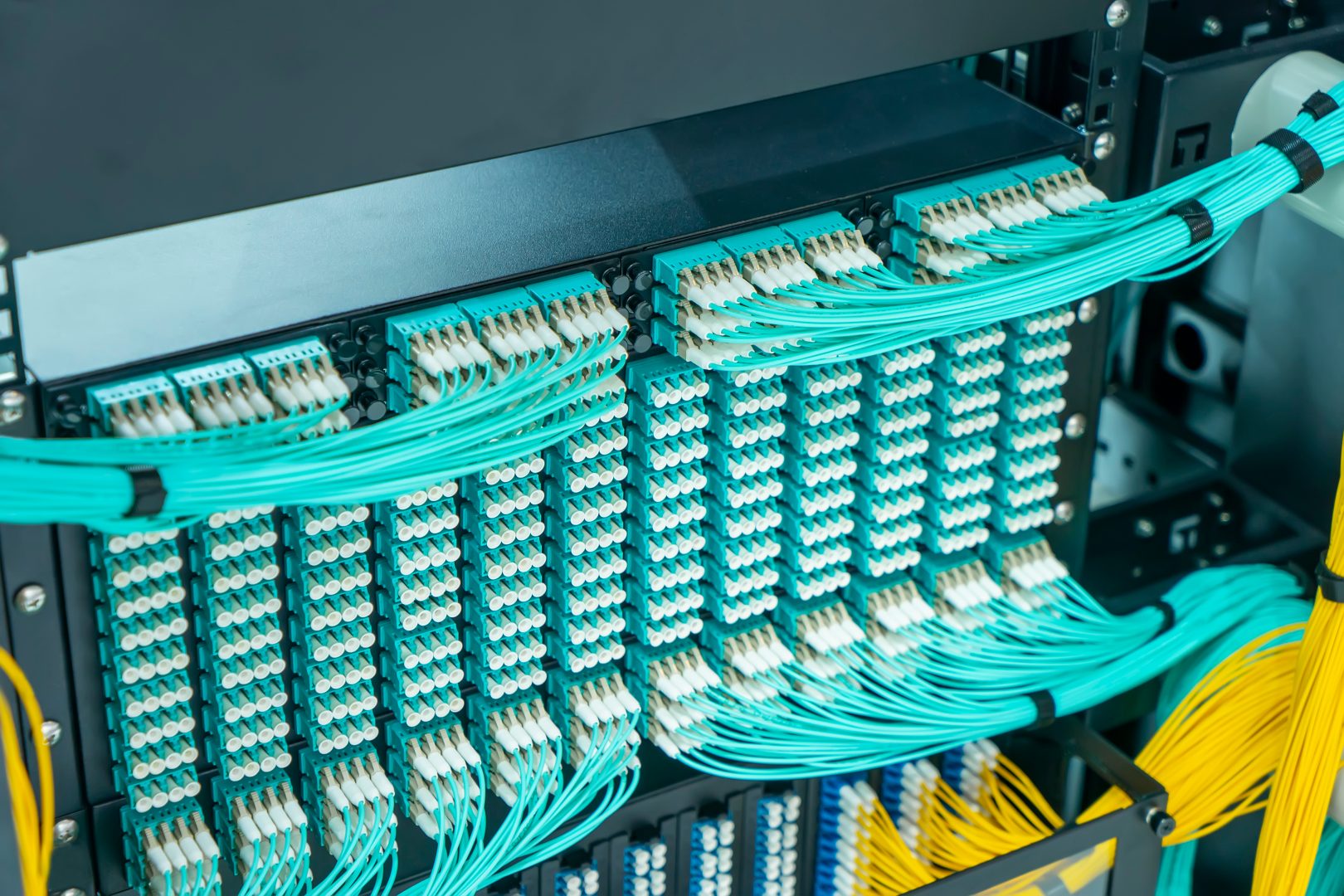
Fiber optic cabling is typically used in backbone cabling. It is routed between buildings to the entrance facilities on a campus environment, referred to as backbone cabling.
Within a building, this is known as intrabuilding backbone cabling. Intrabuilding cabling is routed from the entrance facilities to the equipment rooms (ER) and from the equipment rooms to the telecommunications rooms (TRs). In some cases, fiber optic cabling may be used as horizontal cabling, terminating at the work area outlet, a setup known as Fiber to the Desk (FTTD). A more common application of horizontal cabling is zone cabling, which covers a particular area or zone.
A fiber optic system in a data center refers to the infrastructure that uses fiber optics for data transmission between various elements within the data center. Fiber optic technology is commonly used in data centers due to its high bandwidth, fast data transfer rates, and reliability over long distances. Below is a brief overview of the key characteristics of a fiber optic system in a data center:
Fiber Optic Cables
– Single-mode vs. Multi-mode: Data centers typically use either single-mode or multi-mode fiber optic cables. Their differences relate to the way light is transmitted through the cable. Single-mode fibers support higher bandwidth and longer transmission distances, while multi-mode fibers are suitable for shorter distances.
– Connectors: Fiber optic cables use connectors like LC, SC, or MTP/MPO to connect between network equipment.
Switches & Routers (Active Equipment)
– Fiber optic connections usually terminate in network equipment like servers and routers within the data center.
– These devices manage the flow of data between servers, storage devices, and other network equipment.
Optical Distribution Frames & Patch Panels (ODFs)
ODFs and patch panels are units mounted on racks or standalone that house and organize fiber optic cables and connectors. They facilitate easy access and management of fiber optic connections within the data center.
Fiber Optic Cable Routing and Management
– Proper cable management is critical in a data center to ensure that fiber optic cables are organized, protected, and easily accessible for maintenance or upgrades.
– Fiber runners help route and protect cables throughout the data center.
By using fiber optic technology, data centers can achieve high-speed, low-latency data transfer, supporting the growing demands of modern computing and networking applications.


